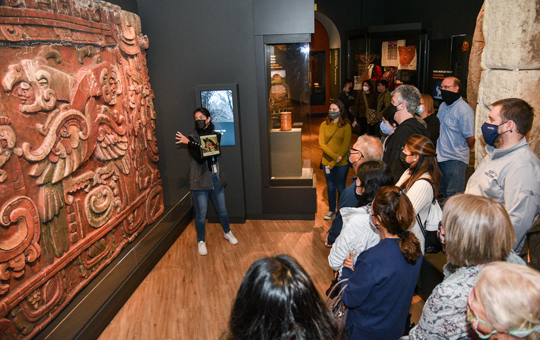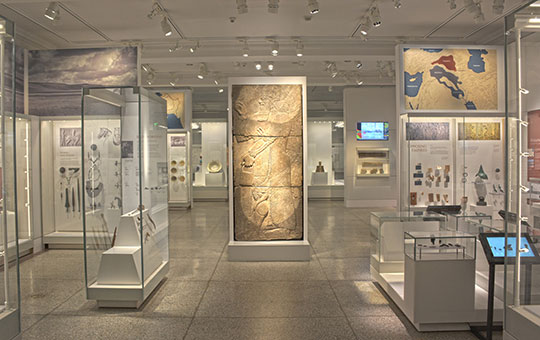|
|
Frequently Asked Questions
What is prehistory?
Prehistory is the time period in any culture before written records. Archaeologists who study human prehistory use special techniques to interpret ancient cultures based on deposits of artifacts and other material remains left by prehistoric inhabitants.
What kind of prehistoric evidence were you looking for in Luang Prabang province?
We looked primarily for signs of human habitation, including rockshelters/caves and open air sites that had surface evidence of stone tools and ceramics. In theory, societies in transition between hunting-gathering and food production will have both technologies. The assumption was that if large concentrations of these artifacts were found on the surface at a particular site, they would overlie deeper deposits of such artifacts. When excavated at a future date, sites like these could yield the scientific in situ evidence we need to address theories of cultural development.
What does "in situ" mean? Why is it important to find in situ evidence of prehistoric cultures?
In situ means evidence found in its original location or position, as opposed to evidence removed from the exact place in which it was originally deposited. If laypeople remove artifacts from the ground, the location cannot be properly studied. Excavation of in situ evidence gives context to artifacts, ultimately allowing the archaeologist to date and reconstruct many practices of ancient societies. For example, a pot found buried near a human bone may have a different meaning than a pot excavated near a fireplace.
What is the Middle Holocene?
The Holocene period is the current geological and climate period. This period follows the Pleistocene and the retreat of glaciers roughly 11-12,000 years ago. The Middle Holocene is roughly 6000-2000 BC.
What technology did MMAP use to support the 2005 Survey?
The 2005 MMAP Survey teams made use of electronic mapping, database, and imaging technology.
A GIS (Geographic Information System) system was the key resource that made the MMAP Survey as efficient and accurate as possible. As promising sites were found by MMAP survey teams, each team recorded on-the-spot information into GPS and PDA handheld units, including basic information about the sites, artifacts found on the site surface and the type of site (such as open-air or cave site). Exact geographic locations of sites (latitude and longitude) were established via automatic links to GPS (Global Positioning System) satellites, and were positioned on electronic maps in Arcpad loaded into handheld computers. All data from the survey teams were downloaded into a central GIS database on a "baselab" laptop in Luang Prabang city, where survey maps were updated daily, and cross-team archaeological data could be compared and evaluated.
The teams also carried digital cameras to photograph artifacts as well as characteristics of the sites that were of interest.
|








